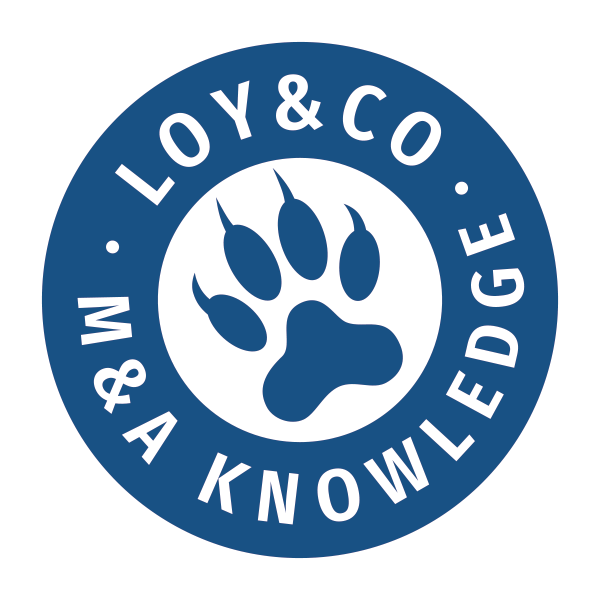

Operational real estate in M&A transactions
Strategies to increase the purchase price of operational real estate in M&A transactions: What matters …
Operational real estate can – sometimes unexpectedly – hold high value potential, but there is hardly any other asset where the market value is so often overestimated as in the case of operational real estate. If shareholders aim to sell the operational business within the framework of an M&A transaction, informed decisions regarding the marketing strategy of the real estate(s) are inevitable.
The reason: companies and real estate can be valued differently. And the sellers can profit considerably from these valuation differences.
Operational real estate often represents a very significant, if not the production factor in medium-sized companies, especially manufacturing companies.
Operational real estate is usually…
- owned by the operating company and is therefore accounted for there, rental expenses are not incurred, or
- owned directly or indirectly by the shareholders of the operating company, in which case the rent may differ from the market price, or
- owned by third parties and are rented
In a company purchase, the company’s valuation usually includes the property used for operations. This means: operating profit, usually the result after interest and taxes (“EBIT”), is multiplied by a multiplier to arrive at a final company value.
Valuation of the example GmbH with/without real estate
Example:
the example GmbH achieves an annual EBIT of 1 MEUR, the achievable multiplier on this EBIT is approx. 6x.
The enterprise value (debt-free) of the example GmbH is therefore 6 MEUR in this example.
However, if the example GmbH were to give up ownership of the property and pay a rent of 400 TEUR per year for the owner-occupied property, the EBIT would be reduced to only 600 TEUR and the enterprise value to only 3.6 MEUR.
However, if the production property of Beispiel GmbH, which can be used by third parties and is rented out, were sold to a third party at 12 times the annual net rent, a purchase price of 5.0 MEUR would be received for the rented property.
In total, the seller would not receive 6 MEUR for the operating business including the property of the example GmbH, but 3.6 MEUR for the operating business and an additional 5.0 MEUR (in total 8.6 MEUR) for the rented property.
Under what conditions can sellers of a company realise such an increase in value?
Six conditions
Success factor 1: Valuation difference between operating business and real estate
The higher the valuation difference between the operating company and the property, the more interesting a separate sale can be. Loy&Co can provide competent advice to assist in this assessment.
Success factor 2: Third-party usability
The more suitable a property is for alternative uses, the easier and quicker it will be to sell it to a third party at an attractive price.
Success factor 3: Creditworthiness
Every property owner wants a solvent tenant. The presentation and communication of the tenant’s creditworthiness can play a decisive role.
Success factor 4: Remaining useful life
Is the property “in good shape”? How long can the property be let at the current rent without major maintenance/modernisation?
Success factor 5: Permits
All relevant permits should be in place.
Success factor 6: Transaction process
A professional process in which bidders are provided with all information in a well-prepared manner.
Another topic that might also interest you: Asset Deal vs. Share Deal?

Your contact person
Markus Loy
Managing Director
T: +49 211 20 49 6000M: +49 151 40010026E: loy@loy-cf.deLoy&Co Corporate Finance GmbH
Bilker Straße 11
40213 Düsseldorf